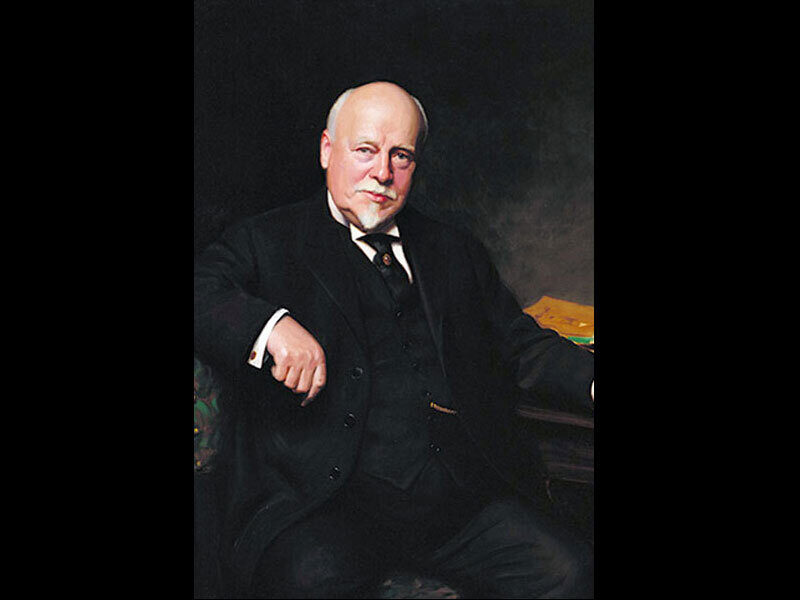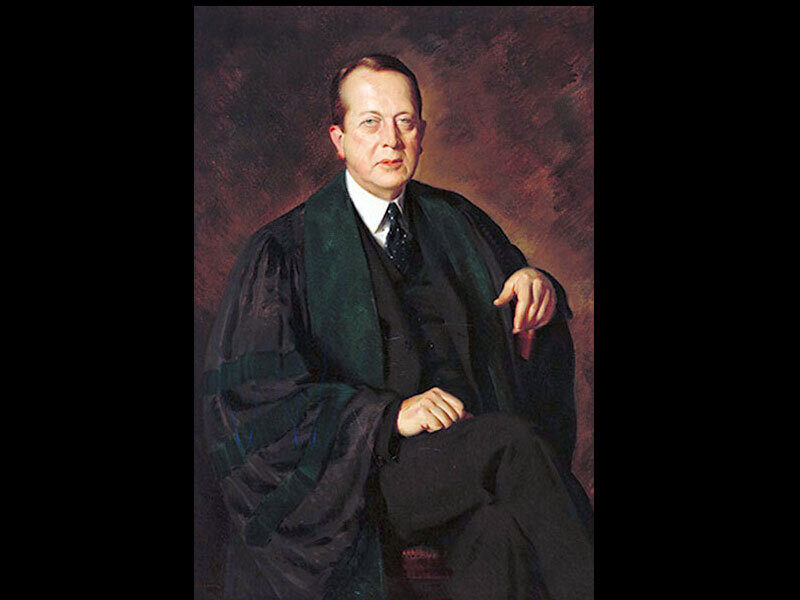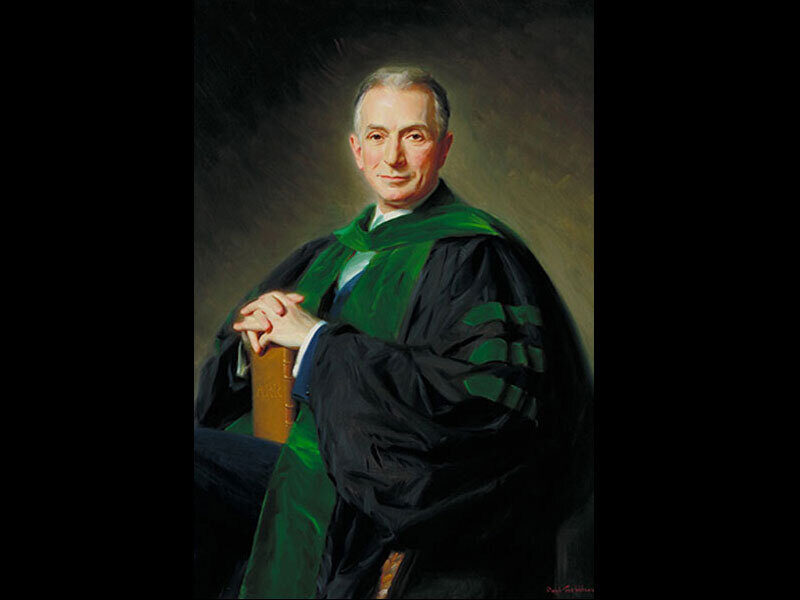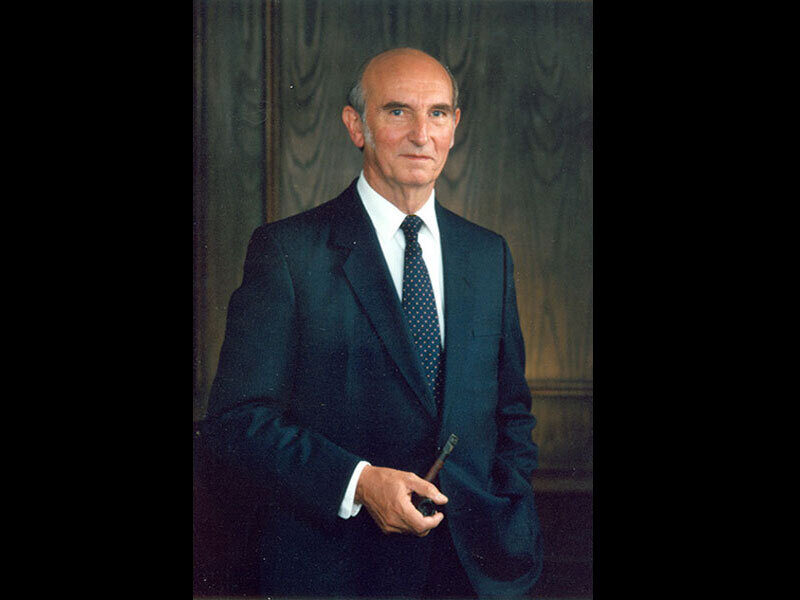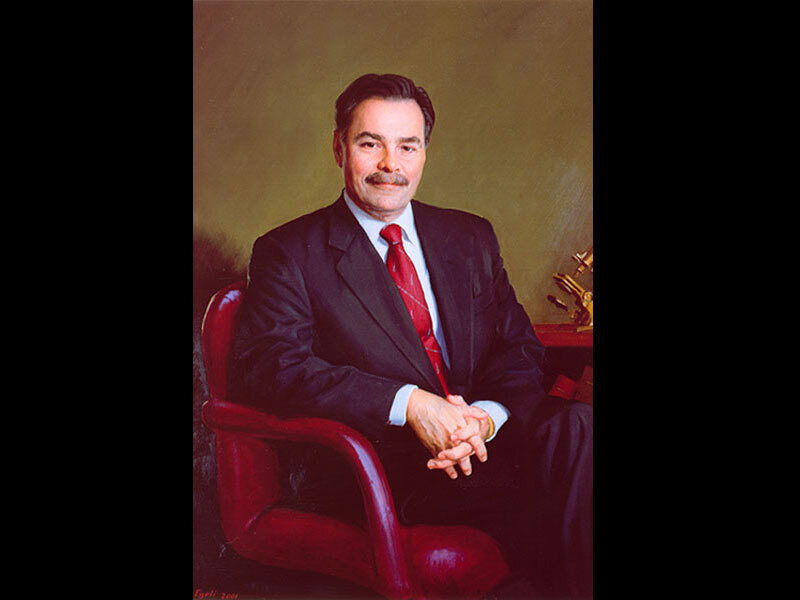
Pathology Department History
Introduction
The Department of Pathology has played a significant role in the Johns Hopkins Medical Institutions since the opening of the hospital in 1889 and the School of Medicine four years later. Indeed, Pathology was one of the original departments created. Moreover, the first endowed professorship at The Johns Hopkins University was the Baxley Professor of Pathology, the first professor to be appointed in the School of Medicine was the Professor of Pathology, and the first hospital building to be opened and operational was the Pathological Building.
The first Professor of Pathology was Dr. William H. Welch, a remarkable man whose influence on the Hospital and School of Medicine remains unsurpassed. Because the Pathological Building was completed in 1886, three years before the Hospital was opened and seven years before the first class of medical students was enrolled, Dr. Welch instituted a series of postgraduate lectures and began investigative work in a variety of areas. He was ably assisted by William T. Councilman, who later was appointed Shattuck Professor of Pathological Anatomy at Harvard University. Over the ensuing years, a group of young physicians was assembled whose work and subsequent careers had a profound effect on American medicine, and pathology in particular.
They included Francis Mall, William S. Halsted, Simon Flexner, Joseph Bloodgood, Eugene Opie, W.G. MacCallum, Dorothy Reed, Homer Wright and Walter Reed, to be followed by George Whipple, Milton Winternitz, Stanhope Bayne-Jones, Ernest Goodpasture and numerous other luminaries.
The range of the Department's activities has expanded considerably since its founding. This is nowhere more apparent than in the Residency Training Program. Significant expansion of training has occurred in surgical pathology and gynecologic pathology, together with the advent of training in interpretation of liver, renal, gastrointestinal and heart biopsies. Cytopathology, neuropathology, immunopathology, molecular pathology, forensic pathology, fine needle aspiration, and specialty areas in clinical pathology were all introduced within the last 30 years to keep pace with the increasing scope of pathology. Research training has been expanded and fully integrated into the house staff training programs.
William H. Welch

1884 - 1917
W.G. MacCallum

1917 - 1944
Arnold R. Rich

1944 - 1958
Ivan L. Bennett Jr.

1958 - 1968
Robert H. Heptinstall

1969 - 1988
John H. Yardley and John Boitnott
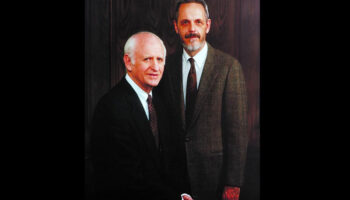
1988 - 1992
Fred Sanfilippo

1993 - 2000
J. Brooks Jackson
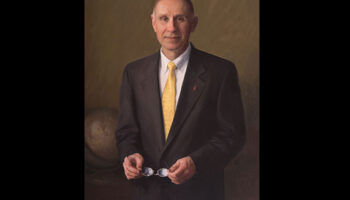
2001 - 2014
Ralph H. Hruban
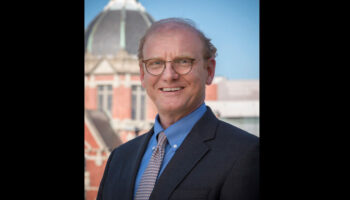
2014 - Present
The service, research and training activities in pathology at Hopkins are thoroughly integrated. The clinical laboratories are fully merged within the Department of Pathology; the research activities in the department are integrated by disciplines with divisions representing the major academic and teaching efforts and spanning all service divisions in the Hospital; the pathology course for medical students is structured to provide balance between anatomic, clinical and basic pathologic manifestations of disease; fellowship training programs are focused on organ systems or service subspecialties.
The Residency Training Program is restructured to provide an integrated experience in anatomic and clinical pathology, and to increase responsibility for house staff in each service rotation following an initial experience in all areas during the first two years.

